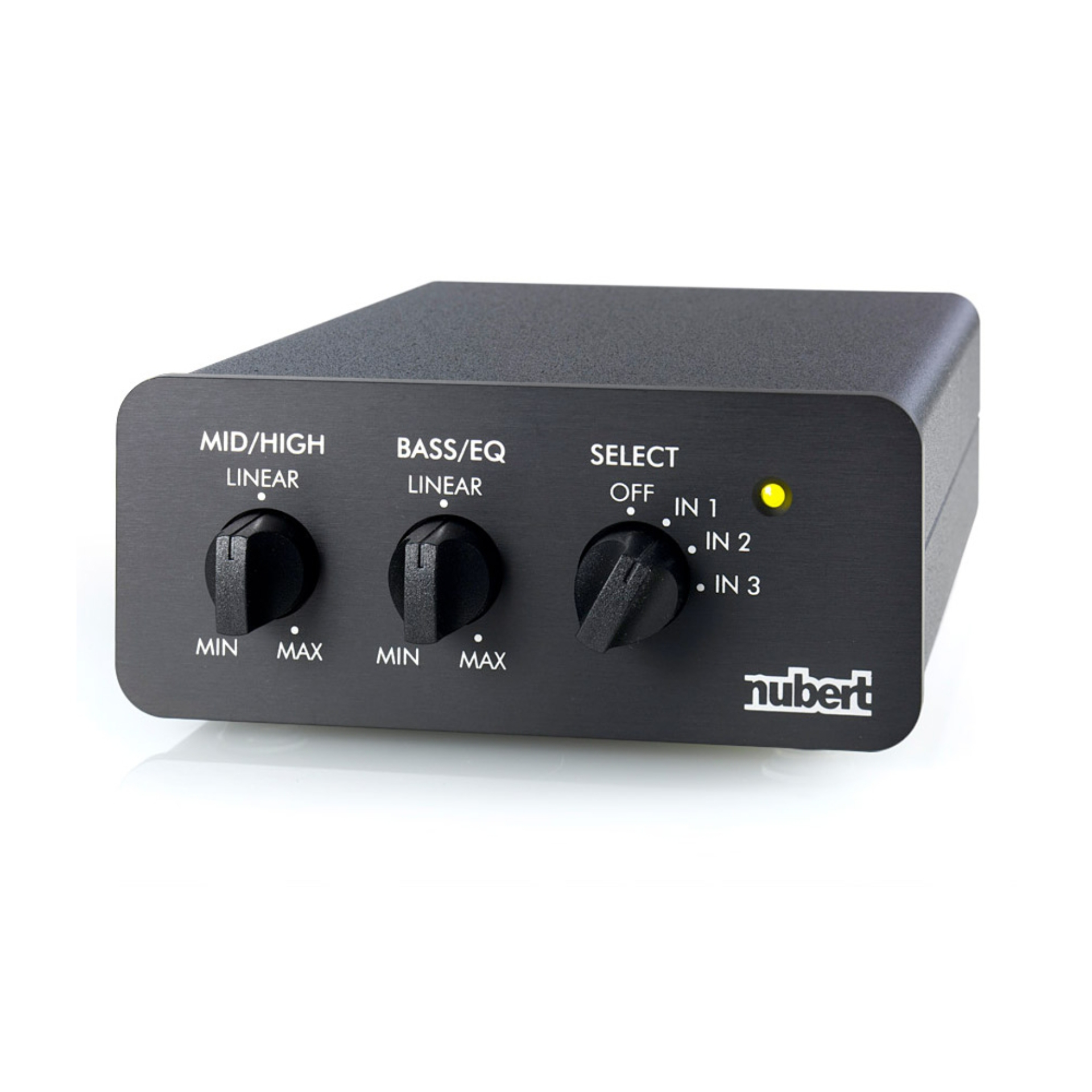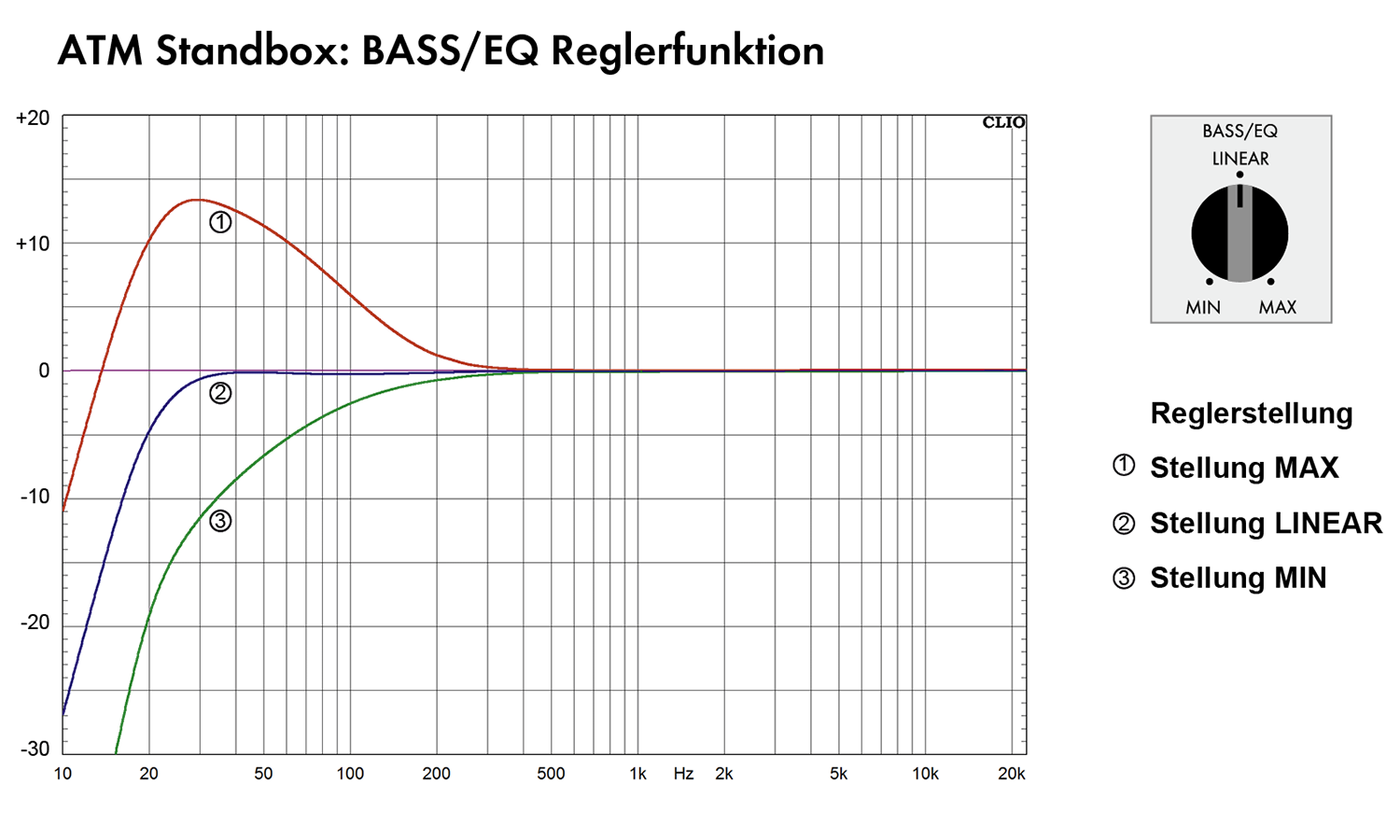I don't understand what this post has to do with anything.
Most people do not have space for a floorstanding speaker as their center. If you are using a bookshelf sized center there is 0 point to having floorstanding L/R because the center plays 50% louder than the L/R in most multichannel content on average. So you are always bottlenecked by your center capability. Thus, bookshelves become a logical choice. And they also probably save you money because in most lineups the floorstanders are 2-3x as expensive. The price difference cannot be ignored and it becomes even more significant with high channel counts.
That's what I meant. "L,C and R should always be identical" be it floor standers or stand mount.
I never stated anything about price. Sure floor standers cost more, but if you got the budget and space it's a better option.
If you want identical surrounds, bookshelves become even more common sense. Floorstanders as surrounds often just do not fit in room layouts, since you cannot wall mount them nor can you usually fit them into tighter spaces. And there's that price difference again. The price/performance of bookshelves is often higher.
"L,C,R, subs and room acoustics are most important in home theater and that's where most of the budget should go.
If your first priority is multichannel audio then also get identical surround speakers as L,C and R."
I never stated you couldn't use stand mounts as surrounds. Surrounds in home theater don't have to be identical to L,C and R and very few people have.
And yes, some bookshelves ARE just better than some floorstanders. I would put the Genelec 8361A up against any floorstander in its price range, no question. The D&D 8C also beats nearly all floorstanders on the planet and doesn't come in a floorstanding variant.
It really comes down to the specific use case, room layout, your needs/expectations, budget, and which brands you are considering. There's no one size fits all rule to any speaker choice.
You missed the point. I meant from the same manufacturer and series and not product X from manufacturer Z against product Y from manufacturer U.
For example Kef Reference 5 is better than Kef Reference 1.
If Genelec made a floor standing version of the 8361A it would be better and the same goes with the D&D 8C.



